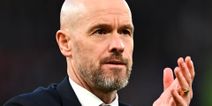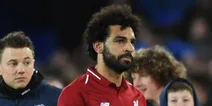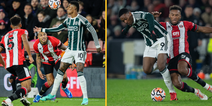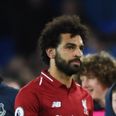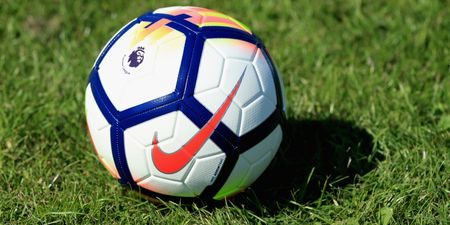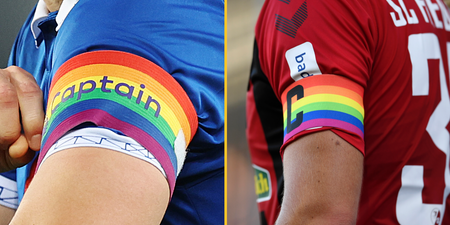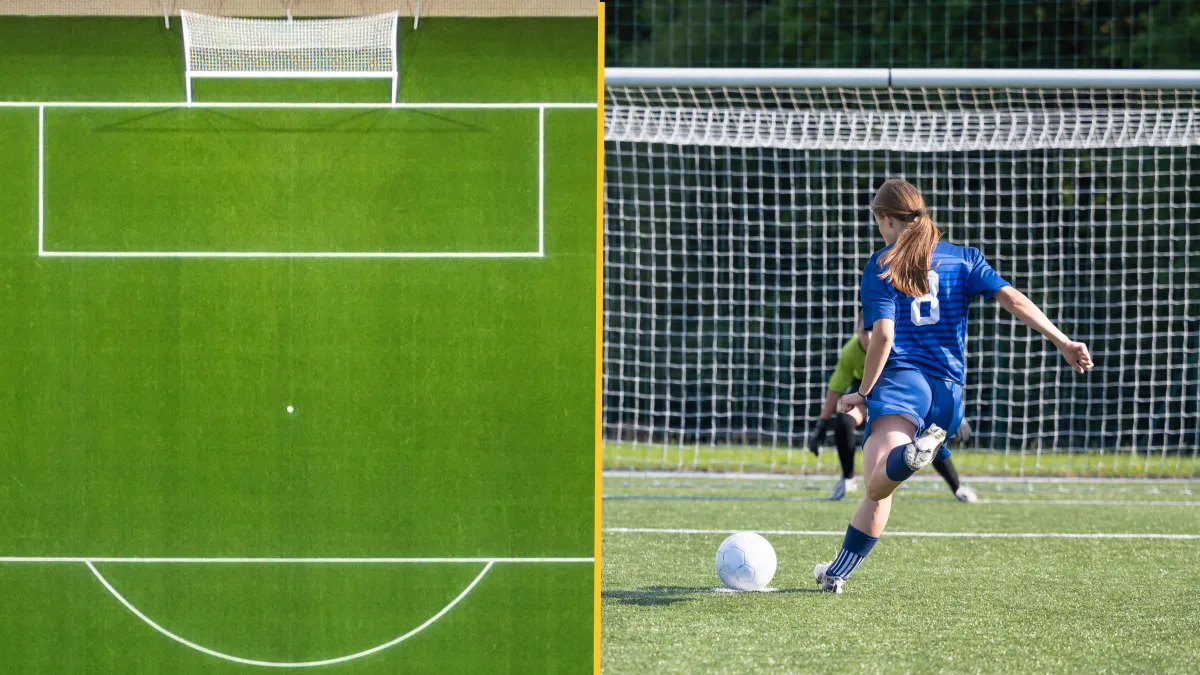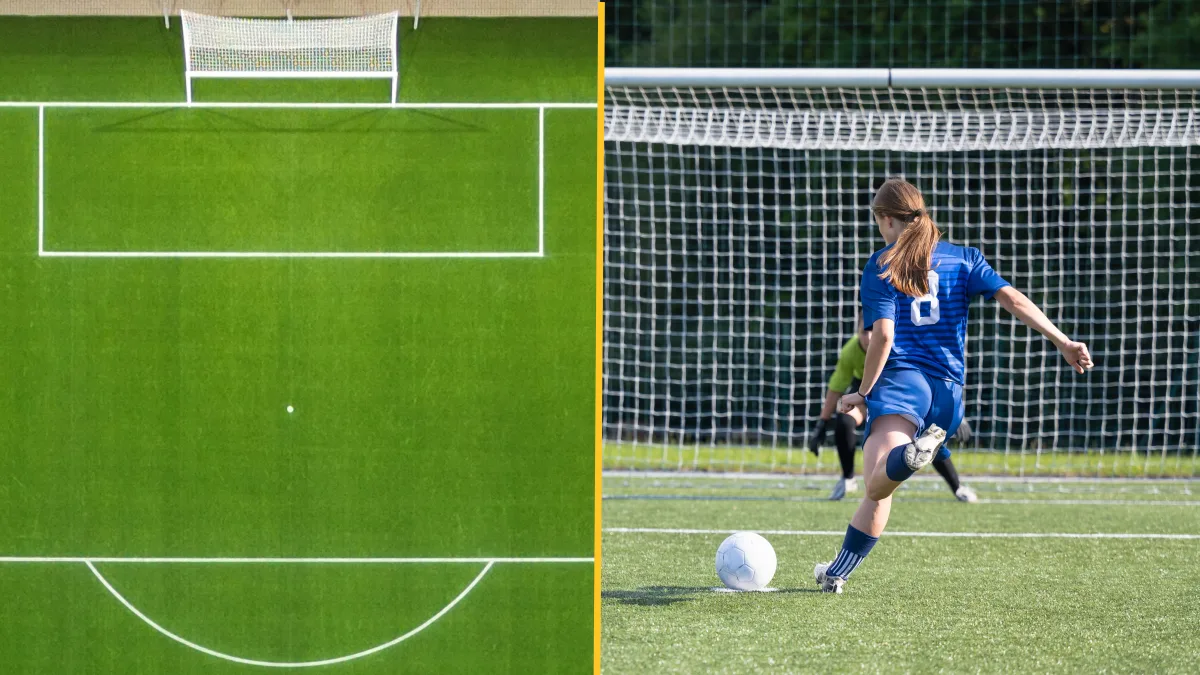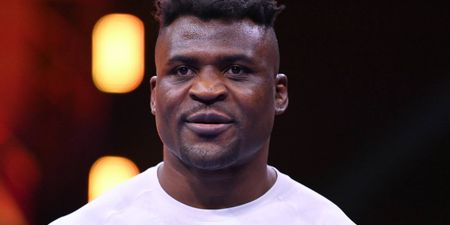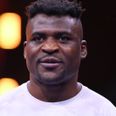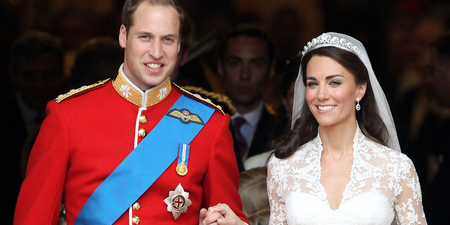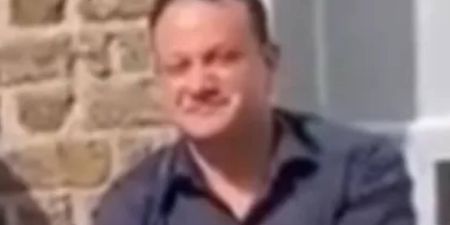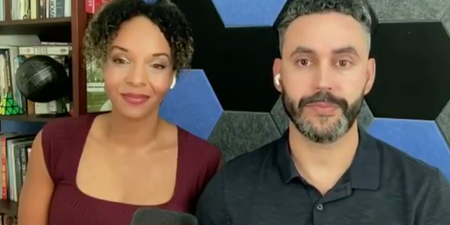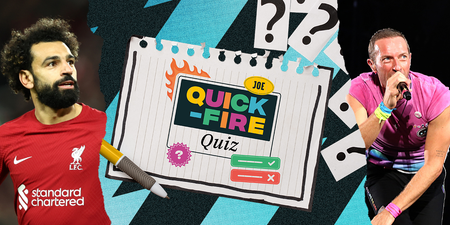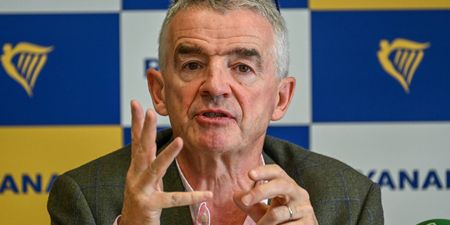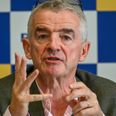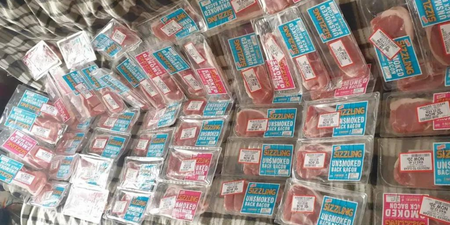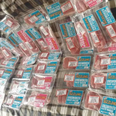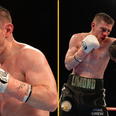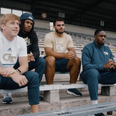The player who briefly had the football world at his feet.
“I don’t know what he’s trying to do there… his body shape seemed all wrong as well.” As 2013 came to a close, Melbourne Heart travelled to Sydney FC when, with the hosts 2-0 ahead, the visitors were given a chance of a reprieve with the award of a dubious penalty.
Up stepped the player who had just been crowned the greatest Australian footballer of all time.
It was one of the single worst penalties you’ll ever witness.
https://youtu.be/XtL9PEZAo_c
Clip via YouTube/Rubi Suwal
The commentator’s words summed up the embarrassing attempt. Kewell was one thousand times the player who took that penalty, yet it seemed to perfectly contrast the Australian’s anti-climactic career conclusion to his early, boundless promise.
There are many reasons that justify Kewell’s selection as his nation’s finest. From 1998 to 2004, the man was simply a joy to watch. Readers knowledgeable about Kewell’s career path will have worked out that every year bar the last of those was in a Leeds United jersey.
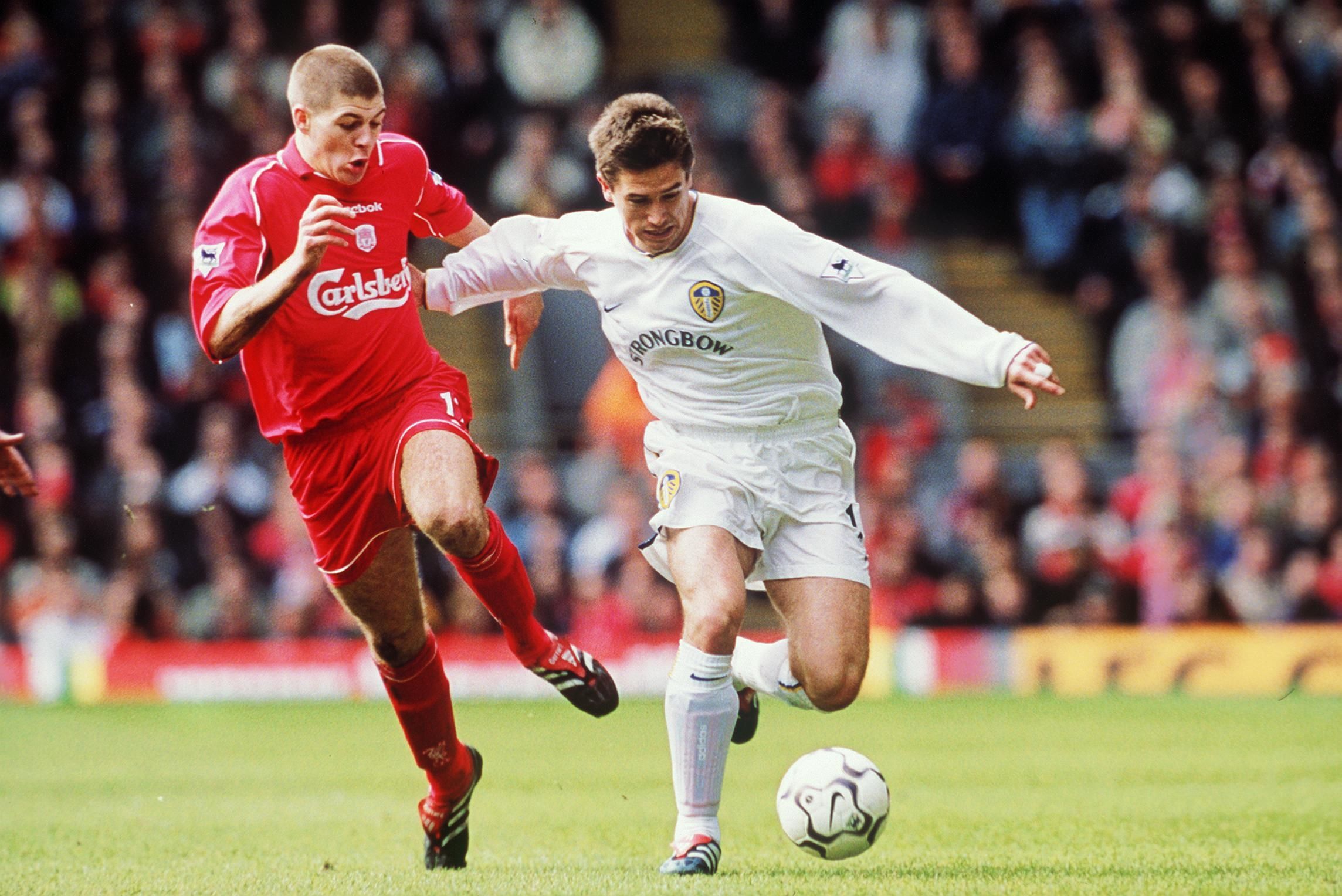
Kewell’s first year at Liverpool was actually quite promising. A fine strike against Everton at Goodison Park capped a successful debut campaign on Merseyside, with the Liverpool-supporting forward notching 11 goals in 49 games.
This was a splendid continuation of his Elland Road glory days.
Clip via YouTube/LIVERPOOL4VICTORY
Thereafter, though, his career hit an irreversible decline.
The Sydney native remained at Anfield for a further four years, and it was a period dominated by a series of niggling and persistent injuries. This all coincided with a plethora of underwhelming performances, the nadir of which was undoubtedly, and rather ironically, that glorious 2005 night in Istanbul.
After 20 or so minutes, Kewell was replaced, with Liverpool seemingly on a hiding of record-breaking Champions League final proportions. The Aussie’s groin had given in, yet many fans in the stadium that night doubted the legitimacy of the injury. Many thought Kewell had simply copped out, and a faint echoing of boos from the Liverpool section was clearly audible.
The injury was, of course, genuine, but the accusation still deeply wrangles.
“On a personal level, that was a nightmare, a horrible night. You try to be happy for the team, but as soon as you go back to the hotel, that’s it. There’s nothing,” he has since said of the incident.
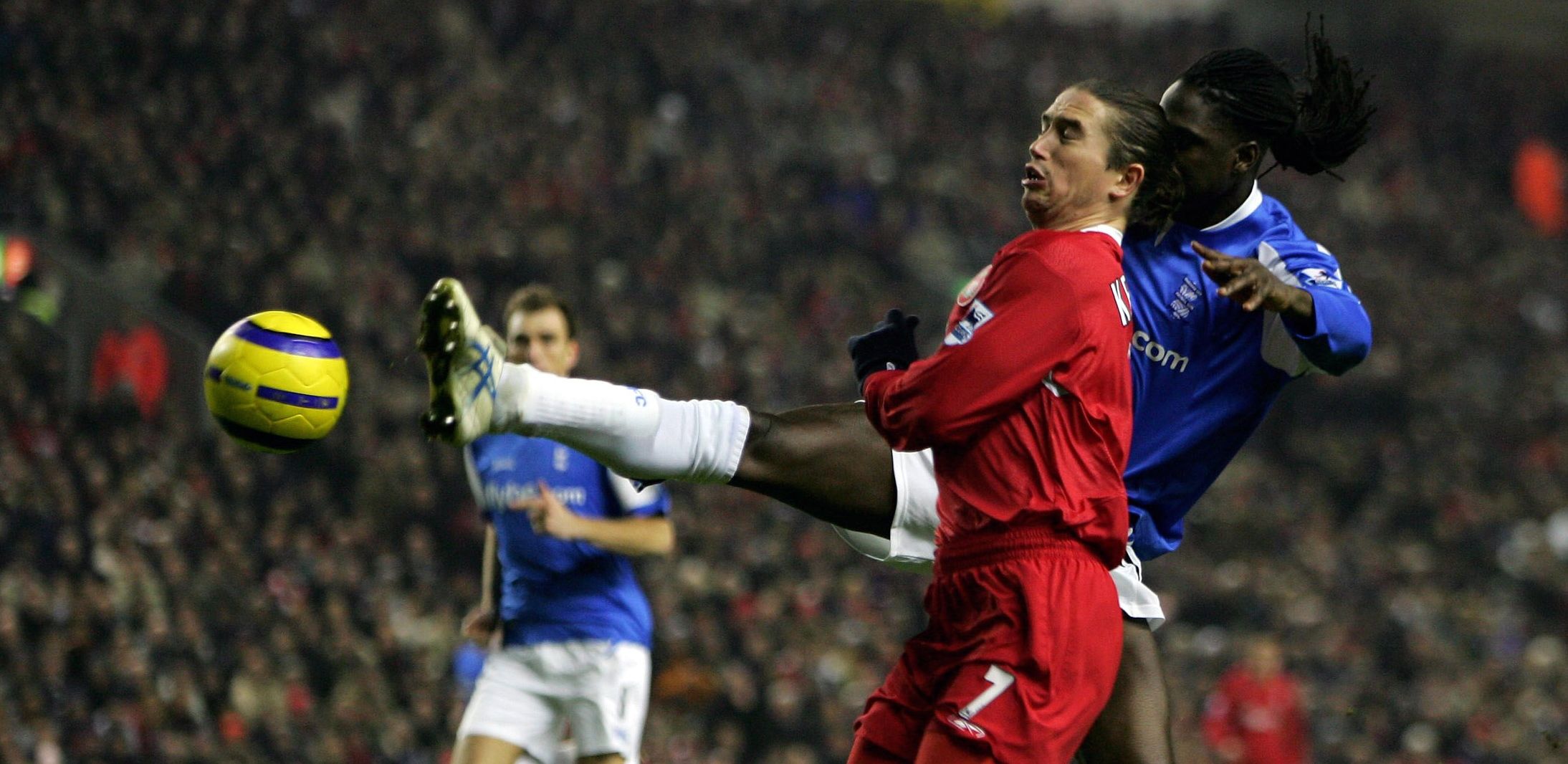
The almost bemusing aspect of all this is that Kewell was rarely, if ever, terrible when in poor form. His first touch and technique would generally be secure, but it was the pzzazz and energy that would be absent from the overall Kewell package.
It was as if he was regularly playing in second gear, waiting for some divine inspiration to occur and overcome him.
In this sense, his decline remains a mysterious case. “I came close to quitting football a couple of times (when playing for Liverpool),” he revealed a few years ago. “Only my wife, my manager and my best mate know how close.”
However, Kewell’s problems were seemingly not just physical, as rumours surfaced that his issues were also of the mind.
Even after recovering from injury, Kewell would still be hesitant to trust his own body. Rafa Benitez was baffled by the Aussie, saying that Monday’s hamstring twang would be Tuesday’s ankle knock, and so on. The result was always the same – the forward wouldn’t play.

Those on Kewell’s team, particularly his personal manager Bernie Mandic, were quick to point the finger at the club, not the player.
Mandic indicated that the Liverpool medical team was essentially incompetent. Nevertheless, the questioning of his regular lay-offs continued apace. Speculation ranged from a bout of gout, to arthritis, even mental anguish as a result of the collective and fatigue-inducing muscle problems.
A brief return to form in 2006, including a belter of a volley against Spurs and a fine showing at that summer’s World Cup, soon gave way to the same old problems. Eventually, doctors around the globe became flummoxed as to the reasoning for the player’s physical deficiencies. The result was that, over the next two years, Kewell virtually never played for club or country.
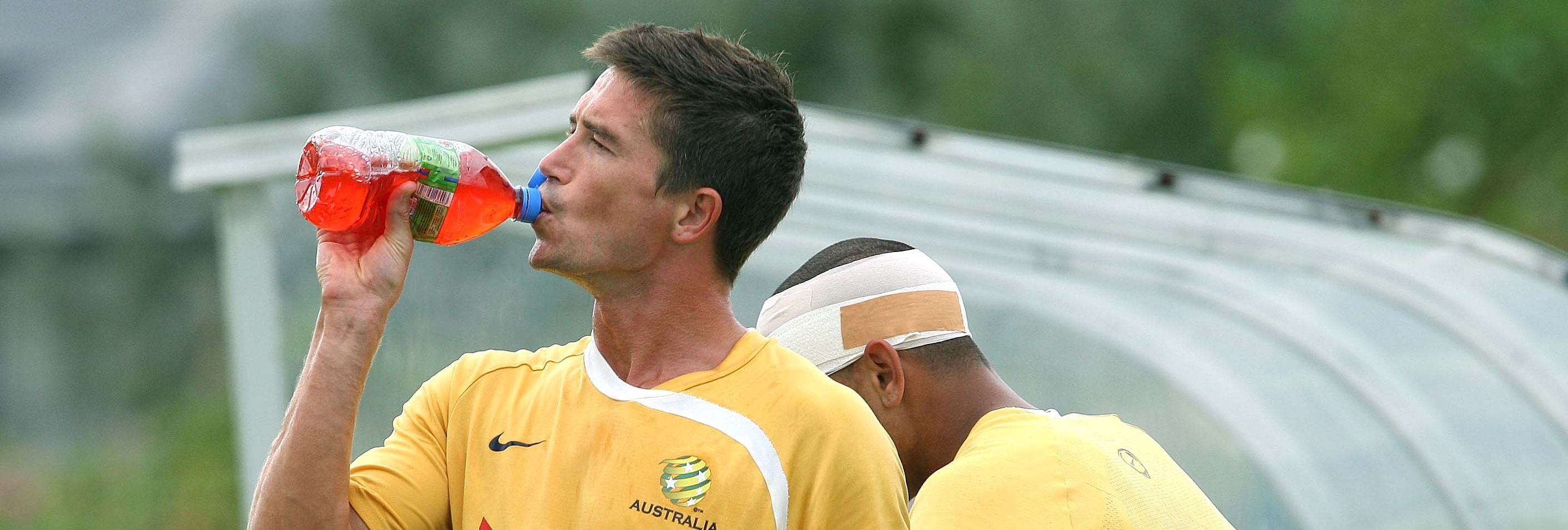
In 2008, a free summer transfer to Galatasaray (a move which deeply offended Leeds fans after two of their supporters were killed in Istanbul when both sides met in a European tie in 2000) was confirmed, with little notice taken on Merseyside.
The frustration of the above is of course derived from evidence of previous brilliance. And there are remarkable moments of magic littered throughout Kewell’s days in Yorkshire.
A fine example was one of the last duties he ever carried out in a Leeds shirt – the half-volley wonder strike against Arsenal at Highbury. The goal took on greater significance with its double-whammy impact – simultaneously securing Leeds’ status as a top flight outfit for another year, while also helping confirm Manchester United as Premier League champions.
https://youtu.be/sttmok_x-Jc
Clip via YouTube/Arsenal Retro TV
Kewell’s flourishing form with a Leeds side who had become a shadow of their former selves attracted the interest of Europe’s elite. It seemed as though the Aussie would be joining the newly crowned champions, but instead shocked many by signing for his boyhood heroes at Anfield.
By that summer, in 2003, the tug-of-war for his signature was as competitive as it was unsurprising. Kewell had the ability to cause fans and commentators alike to make funny noises.
There was the outside-of-the-left foot curler from twenty yards against Sheffield Wednesday, and the solo effort away at Crystal Palace where our protagonist picked up the ball deep inside the opposition’s half and ran diagonally past several defenders before firing into the far corner.
Kewell’s celebration said it all – a neat readjustment of his socks as he sat on the pitch, before slowly walking back to the centre circle, showing only the mildest satisfaction and almost slight embarrassment of his intriguing ability.
Clip via YouTube/Will Cooper
Unlike some of the greater talents who represent the more humble football countries, Kewell proudly strutted his stuff for the Socceroos. In a friendly match against England at Upton Park, the forward was instrumental in a shock 3-1 Australia victory. The highlight was his roasting of Rio Ferdinand before coolly rounding the goalkeeper and slotting home.
Magic.
Clip via YouTube/jonola
And it was this ability which helped Australia qualify for the 2006 and 2010 World Cups, as Kewell led the Golden Generation of Australian footballing talent.
https://youtu.be/tyYWtZCfKVs
Clip via YouTube/Chaîne de rockafella813
His journey reads as a fascinating tale.
On the one hand, he’s the simple boy from Smithfield who left home and done good, done very good.
On the other, he’s the victim of the cruel statistic that in the three major finals he played for Liverpool – vs. Chelsea, League Cup (2005), vs. AC Milan, Champions League (2005), vs. West Ham, FA Cup (2006) – he succumbed to injury and had to be substituted.
Kewell is the Sydneysider who barely played for two years and yet, on his return to regular action, scored over 20 goals in a little more than 60 games for Galatasaray, playing as a winger/second striker. The ability never fully vanished, rather it infuriatingly lingered.
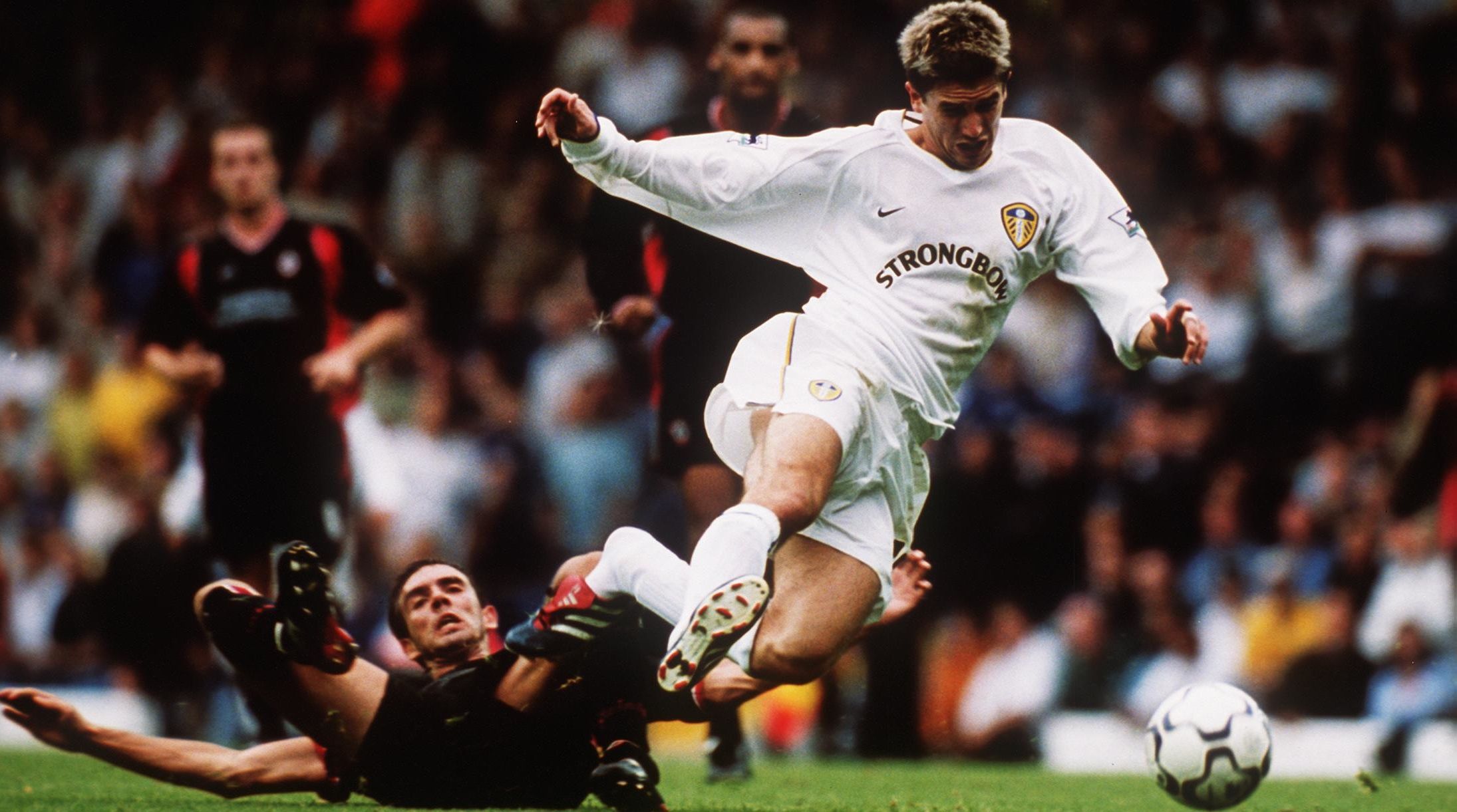
Despite the constant character assassination, not only did Kewell never quit, he endured and persevered to play well into his 30s.
The Australian announced his retirement on the eve of the 2014 World Cup, leaving his nation to ponder whether or not a Socceroo squad with Kewell involved would still be a great addition; that alone was an impressive consideration to leave behind.
Harry Kewell – the greatest his country has ever seen – who ultimately left an even greater question mark over his unfulfilled talent.
Cover image via MailOnline.

